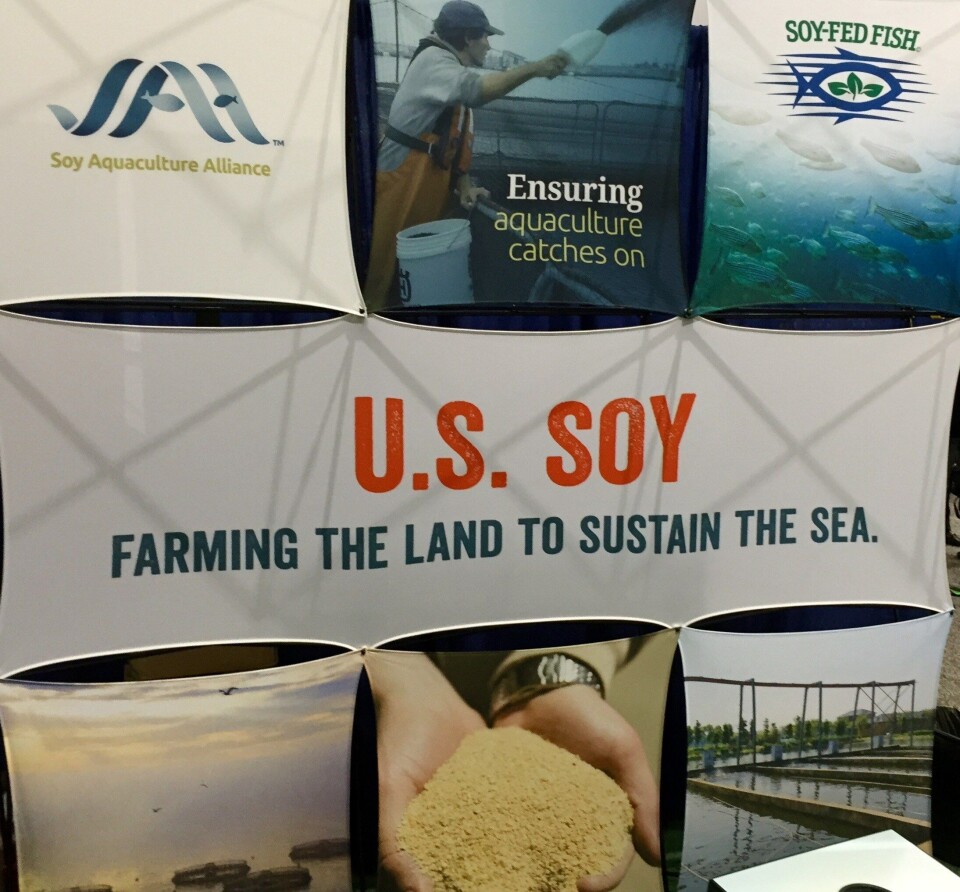
To bean or not to bean?
The Soy Aquaculture Alliance (SAA) was present at Seafood Expo North America, educating attendees on the utilization of soybeans in aquaculture feeds.
The SAA acts to build relationships between researchers, the seafood industry and government agencies while also creating partnerships within the seafood industry to increase aquaculture in the US.
Soy-based feeds are an alternative to fishmeal as a protein source in fish diets. The US soybean industry has already been at the forefront of developing new aquaculture feed sources, and SAA is focused on meeting the demand.
Through affiliations with the United Soybean Board (USB) and multiple state soybean checkoff organizations, SAA is working to fund programs and research that increases the utilization of US soybeans in the diets of fish and shrimp.
According to Dr Steve Hart, executive director of the SAA, the time is now for US domestic aquaculture production.
“The US," he reflects, "is the second largest consumer of seafood in the world behind China; however, we import 85% of our seafood. We feel that the time is right for the Soy Aquaculture Alliance to work together with the US seafood industry to see what can be done to help grow domestic aquaculture production.”
“We’re putting US grown soybeans in US grown seafood right on US family’s dinner plates,” says Duane Dahlman, chairman of the SAA board of directors. “The US aquaculture industry is small, but growing. We’re gaining notoriety and providing business opportunities for entrepreneurs and producers looking to expand output.”
“I see the organization’s purpose as supporting the industry’s growth through research and specific programs as well as helping producers educate consumers about our products and the benefits to them and their family,” says Norman McCowan, president and CEO of Bell Aquaculture. “We have a great relation with the SAA. They have a real passion for aquaculture and developing more aquaculture here in America. And we see that as a great thing because we know soybean is the single largest source of protein for our fish.”
There is currently a call for research proposals for projects aimed at increasing the inclusive of soy products in current aquafeed formulations. One particularly important topic for research is developing improved genetic strains of aquaculture broodstock that perform better on soy-based feeds.























































